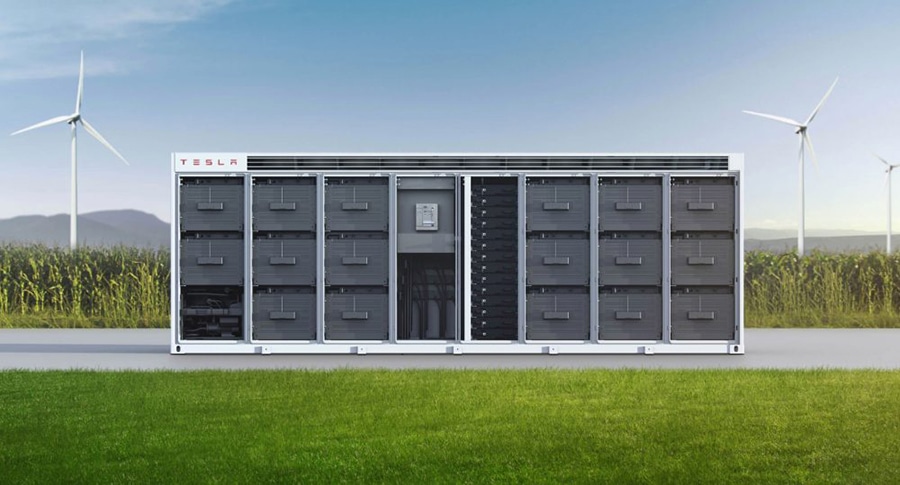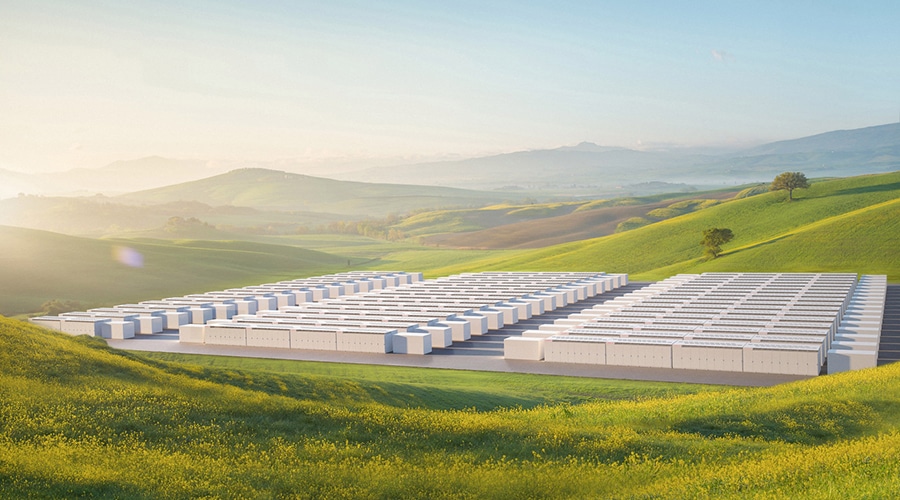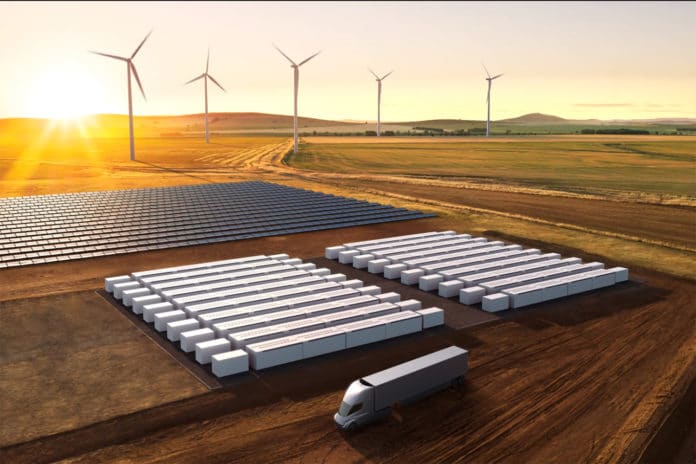Almost two years ago, Tesla built and installed the world’s largest lithium-ion battery in South Australia, which saved around $40 million in its first year alone and helped to stabilize and balance the region’s unreliable grid.
The tech company is continuing its moves in this field with its new massive energy storage system. It has introduced ‘Megapack’ that combines up to 3 MWh of storage capacity and a 1.5 MW inverter. The product is a container-size system with several cabinets filled with battery modules.
Designed for large-scale storage, the container-sized battery could help quickly deploy renewable energy and even replace conventional “peaker” power plants. Peaker power plants come online whenever the local utility grid can’t provide enough power to meet peak demand.

Each Megapack comes fully-assembled with up to 3 MWh of storage and 1.5 MW of inverter capacity, which in turn, leads to very rapid deployments. Tesla also claims that it could deploy an emission-free 250MW, 1GWh power plant in less than three months, or four times faster than a similar-sized fossil fuel plant.
The batteries can be DC-connected directly to solar, creating seamless renewable energy plants. Tesla developed its own software in-house to monitor, control and monetize Megapack installations. All Megapacks connect to Powerhub, advanced monitoring, and control platform for large-scale utility projects and microgrids. They can also integrate with Tesla’s machine-learning platform (Autobidder) for automated energy trading.

The company says, for the upcoming Moss Landing project in California with PG&E, Megapacks will act as a sustainable alternative to natural gas peakers. This could not only avoid the need for dirty power but save the utility from spending millions of dollars each day keep peakers running.
Renewable energy is continuing to grow rapidly in the field of power generation. All those new solar and wind farms will need energy storage to reliably deliver electricity, and giant batteries like these could make that storage relatively easy to deploy.
Learn more about Megapack here.
